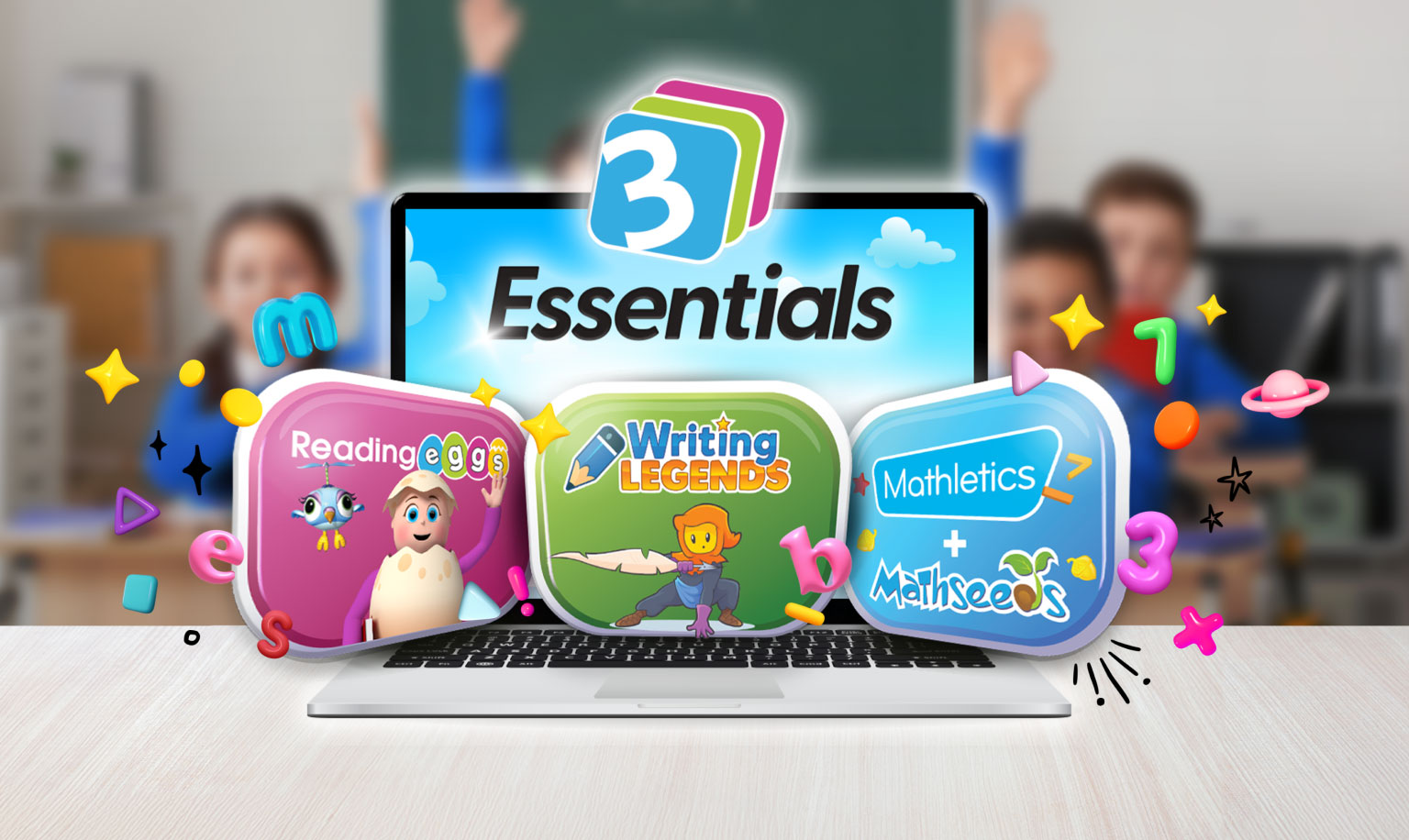
Our new students can bring with them learning gaps that feel like chasms. Before you panic and reach for extra homework, assessments and assignments, remember that our first duty to our new students is to build relationships.
Learning gaps can be bridged over time. Impressions can be made in an instant.
Here are 7 strategies to help you catch students up to this year’s curriculum without risking your “fun teacher” status:
Chat with their previous teacher
As effective as it is obvious, your class’s previous teacher has had a whole year to understand your students — what they’ve achieved, what might need reinforcing, who’s excelling and who might need more support.
Understanding what’s tried and true, as well as what approaches need a fresh take, will save time and start the process of getting to know your students.
It also gives you the opportunity to use a great line — ‘I’ve learned so much from (previous teacher) about you!’ Showing them you’ve made an effort to get to know them can pay dividends.
Review previous summative assessments
Again, obvious, but again, effective. While summative assessments might not give you the most accurate picture (some students might have had an off day, some topics might not have been covered in-depth), it can give you a rough idea of where your students are in their learning journeys.
When checking through assessments, it’s good to keep track of their results in the most relevant areas of learning — what they need to know to be successful this year and when they’ll need to know it.
By checking last year’s assessments, you can avoid piling an assessment on them now. They might not thank you for it, but at least they won’t collectively groan at getting one.
The non-assessment assessment
Diagnosing learning gaps doesn’t have to be a boring test. Look for quick, easy, and — most importantly — fun ways to see where your students are up to. Here’s a few ideas:
- Have your students draw what they understand about a topic or concept
- Play icebreaking games that test students’ knowledge
- Use a writing game for a quick snapshot of students’ writing, spelling, handwriting and language conventions
- Use interactive quizzes to spark memories of past learning and keep an eye out for gaps in knowledge or confidence
- Play ‘fictionary’ to check students’ vocabulary skills and dictionary knowledge
- Have students create videos with 10 facts every student should know about …
It’s important to let your students know that there’s no pressure, that it’s not a graded test; it’s just to see what they know.
Group or one-on-one student interviews
Depending on the year you’re teaching and how many students are buzzing around your class, interviews can be a great and personal way to check students’ learning gaps.
Remember that interviews don’t have to be question and answer — provide materials (paper, pencils, counters, block, etc) and let the student show you what they know.
There are four styles of interviews you can perform:
Structured — using a pre-set list of questions or tasks
Unstructured — asking any questions and setting tasks you think are relevant at any time
Semi-structured — having some questions/tasks prepared and following up with unprepared questions
In-depth — going into detail on a specific topic with specific questions and tasks.
Which one is best for you is something you should discover through trial and error; it should match your style, give you meaningful answers and insight and cover students fairly.
5 questions a day
You don’t need to use a long, comprehensive formal test. Asking your students just 5 questions about a topic per day can, over a single week, build a comprehensive view of what your students might be missing.
Base your questions on:
What’s important — what is going to help students succeed this year
What’s imminent — what is going to help your students soon
What’s fundamental — what are the core areas of knowledge that should be covered.
But don’t test the same thing five times; add complexity to the concept with each question in the sequence. Here’s an example of a sequence of 5 quick questions you can ask to get a good understanding of what addition skills your students have mastered:
- 13 + 24 = ___
- 28 + 16 = ___
- 238 + 446 = ____
- 489 + 1827 = ____
- 89 + 1.827 = ____
Band-aids vs bandages
Where you do find learning gaps, there might be a gut reaction to cover the whole topic again. But you might be applying a bandage to what only needs a band-aid.
Once you’ve decided on which treatment is going to be beneficial, think about how you’re going to solve it. Is it worth revisiting the topic as a whole? Or are there other tasks you can combine to cover it while moving forward with this year’s learning?
Need help with learning loss?
We’ve got you covered – check out How to spot the difference between learning loss vs not knowing or browse our teacher picked classroom activities and resources:











